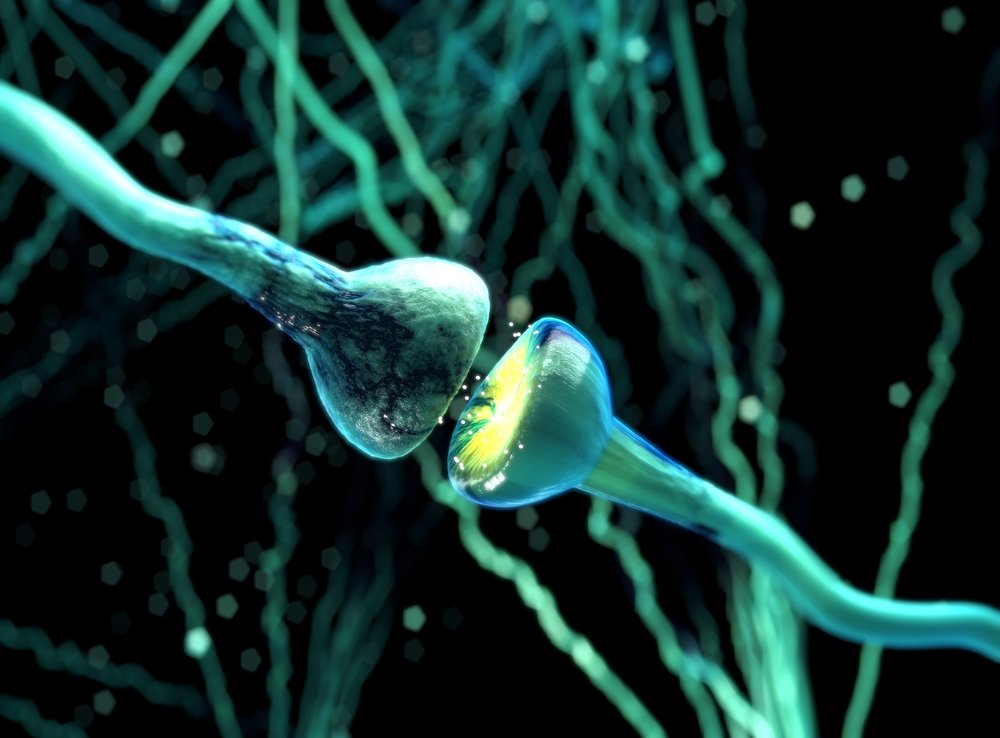High Levels of Specific Protein Lead to Motor, Cognitive Issues in Angelman Patients, Study Finds

Abnormalities in a protein complex crucial for cell survival are likely caused by increased levels of the p18 protein and result in motor and cognitive issues in Angelman syndrome, a new mouse study shows.
A study titled “UBE3A-mediated p18/LAMTOR1 ubiquitination and degradation regulate mTORC1 activity and synaptic plasticity” was published in the journal eLife.
A protein complex called mTOR (mechanistic target of rapamycin) is conserved and commonly activated in our cells. It plays a vital role in cell signaling and is associated with cell survival, growth, and metabolism. Irregular mTOR signaling is linked to neurodevelopmental, neuropsychiatric, and neurological diseases.
mTOR consists of two structures: mTORC1 and mTORC2. mTORC1 is activated by binding to a group of proteins called Rag GTPases.
To activate mTORC1, the Rag proteins must be located in a part of the cell called a lysosome — a small compartment responsible for degrading different types of molecules.
The proper localization of Rag proteins is maintained through another protein complex called the Ragulator complex, made up of a number of proteins, including p18.
As such, p18 has a major effect on mTORC1 signaling by regulating the location of Rag GTPases.
Studies have shown that patients with Angelman syndrome have imbalanced signaling of the mTOR pathway, with high mTORC1 activation and low mTORC2 activation.
Abnormal mTORC1 signaling is associated with motor dysfunction and impaired synaptic plasticity. A synapse is a junction between nerve cells through which electrical impulses are transmitted, allowing nerve cell communication.
Synaptic plasticity refers to changes that occur at synapses and is thought to contribute to learning and memory.
Angelman syndrome patients are characterized by defective UBE3A — a type of protein that tags other proteins for degradation through a process called ubiquitination.
As p18 levels are kept in check by ubiquitination, researchers hypothesized that a lack of UBE3A was responsible for the high levels of p18 — and, consequently, high levels of mTORC1 activation.
Using a mouse model of Angelman syndrome, the team showed that in neurons of the hippocampus (the area of the brain associated with learning and memory), p18 is essential for a proper localization of the Ragulator complex and Rag proteins.
Additionally, localization of the Ragulator-Rag complex in these hippocampal neurons is essential for mTORC1 activation.
Results further revealed that mTORC1 activation depends on UBE3A-mediated degradation of p18.
Researchers found that both high levels of p18 and mTORC1 overactivation were associated with decreased spine maturation and impaired synaptic plasticity — an effect that was reversed upon reduction of p18 levels and mTORC1 signaling.
“These findings reveal a previously unidentified regulatory mechanism for mTORC1 activation and suggest potential therapeutic targets for cognitive disorders associated with abnormal mTORC1 signaling,” the researchers wrote.






